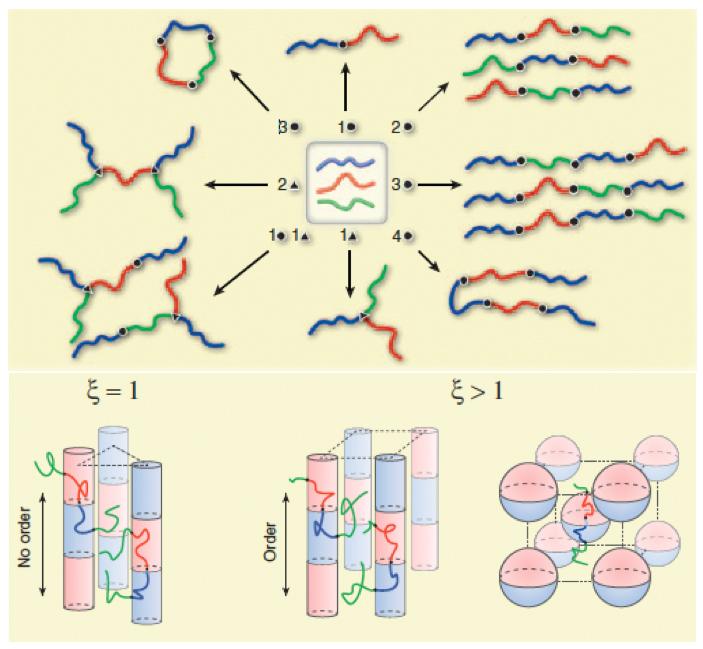
Advances in polymer synthesis have enabled access to a vast array of multiblock polymer architectures, with rich opportunities for designing multiple functionalities into a single self-assembled material.
Superconducting wires conduct electricity perfectly — without any energy losses — because
Objective: A precise absolute magnetometer based on organic spintronics that is scalable to micron dimensions, has low cost and that is not adversely affected by environmental influences (temperature, air etc.).
Objective: To develop and characterize new plasmonic metamaterials in the terahertz (THz) spectral range.
Approach: Explore unconventional materials that are typically not suitable for plasmonics applications at optical frequencies but exhibit reasonable conductivities at THz frequencies.